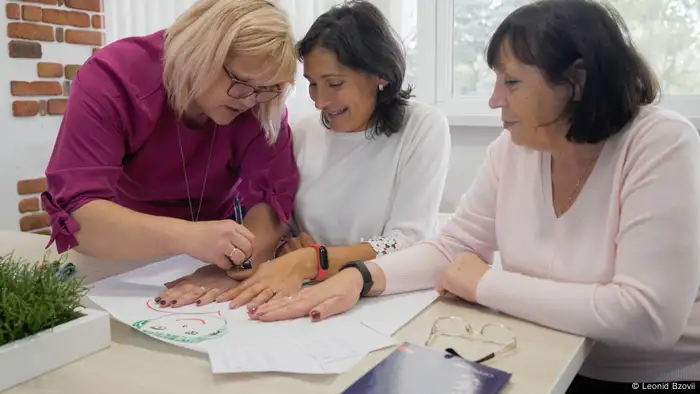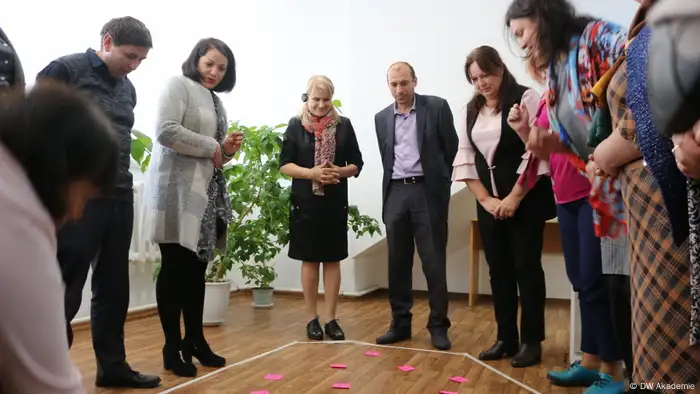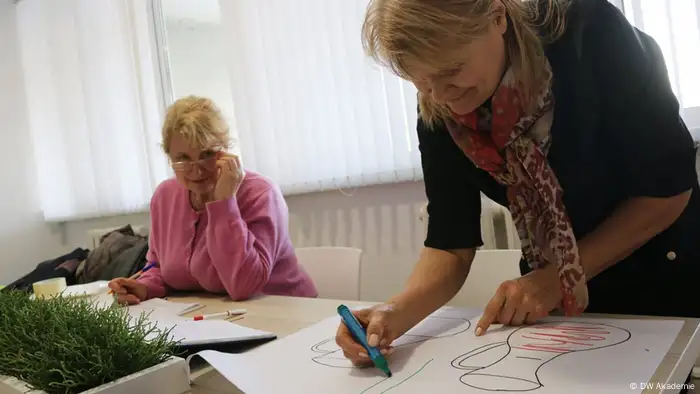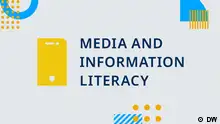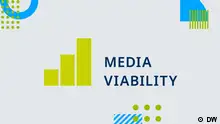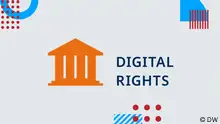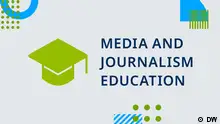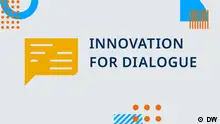MIL
Five tips for teaching MIL
Media and information literacy is a vast field and it can be overwhelming for those who are new to the topic. DW Akademie trainer Evaldas Rupkus shares his top tips for teaching MIL.
Media and Information Literacy (MIL) is a set of skills necessary to navigate the media landscape. But with the media quickly evolving and digital platforms becoming increasingly abundant, MIL needs to be taught in a contemporary manner.
Many educators find it challenging to become competent in MIL themselves, as well as keep up with the steady developments of the field. Similarly, it can be overwhelming for the students in our classrooms, training participants, and the colleagues we work alongside. For both formal and non-formal education environments, here are five tips that can help when teaching MIL.
1. Create a learning experience
As educators we should seek to create a safe environment for having a go, making mistakes and learning from them. Learning by doing might be a good way to explore the vast field of MIL. Although it might be easier for MIL educators to give input using their expertise, the teacher will help the learner much more by creating a space where they can have learning experiences. Producing a video for social media, acting as a journalist or making editorial decisions will provide an "aha" moment, as well as an outlet for the learner to find their own way into the topic.
2. Reflect
The cycle of experiential learning tells us that after any experience, reflection is needed to allow us to make conclusions and apply them the next time we face a similar question. Therefore, we need to debrief learners on what has happened during the learning process. While participants are still searching for the words to express what they have learned, associations, pictures, Lego, drawing a thermometer or group activities using pieces of rope can help provide the creative kick one needs. Emotions also play an important role — how did learner feel during the activity? This might be one of the first things to find out while exploring such topics like hate speech, sextortion and similar sensitive topics.
3. Be relevant
Understanding the students’ environment is key. Simply being "youth-friendly" might not be enough. Where do the educator’s students spend their time and face most MIL-related issues? When answering this question, you will often find yourself in the digital world. So why not use some digital tools in the educational process? As long as your infrastructure allows it, you might want to consider using various brainstorming (e.g. Padlet), voting (VotAR), quiz (Kahoot) and collaborative text work tools (Etherpad) or recognize competencies and gamify your process with some open badges using a program such as Badgecraft.
4. Don't teach — facilitate
For many educators, MIL is an integrated competence they need to convey. Based on UNESCO's composite model, MIL includes a wide range of topics and this might scare some people away from even starting to approach these topics. Moreover, the constant technological developments can cause educators to feel overwhelmed and concerned about whether can ever become experts in the field. It is, however, alright to not know something and be open about it. For this, it is helpful to change our attitude of viewing the educator as an authority figure and never-ending source of knowledge. After accepting this role, educators need to define themselves instead as facilitators, helping learners on the journey through the field of MIL. We provide learners with a challenge and explore the answer together. The group itself is a huge resource available at your fingertips, it helps educators to network and learn from each other.
5. More than fake news
Information distortion is one of the most visible and burning issues in many countries. But MIL is much more than that. For a start, the basics of information research or standards of quality information lay the basis for further learning and covers many aspects of understanding disinformation. While empathizing with a group of learners try to explore what issues they may have already experienced — you may be surprised to hear about topics such as cyber-bullying, digital safety or even cases of radicalization. How about starting here?
Evaldas Rupkus is a co-project manager and trainer for DW Akademie.
- Date 25.10.2019
- Author Evaldas Rupkus
- Feedback: Send us your feedback.
- Print Print this page
- Permalink https://p.dw.com/p/3RxFo
- Date 25.10.2019
- Author Evaldas Rupkus
- Send us your feedback.
- Print Print this page
- Permalink https://p.dw.com/p/3RxFo

